Very often, after the rains, one sees dragons in the air.
Not fire-breathing ones, of course; those belong in the realms of fantasy. But the often-ignored dragons I am talking about, are marvellous creatures, too!
Here’s a closeup of a dragonfly that I took, recently.
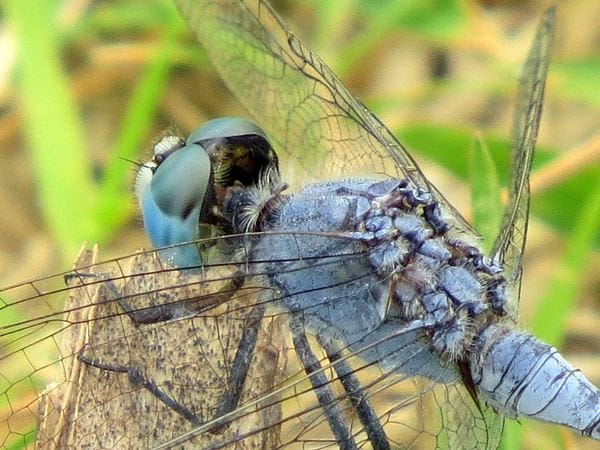
Dragonflies are called ‘odonates’; that is, scientific-name wise, they belong to the order Odonata.
Dragonflies are agile fliers; you can find them hovering, quite motionless, in the air, and then, suddenly, zipping off at great speed. Contrary to their gossamer, delicate appearance, they are voracious predators, both in their aquatic larval stage, when they are known as nymphs or naiads, and as adults. They can eat up to 100 mosquitoes per day! They are also very efficient hunters, catching their prey about 95% of the time.
Several years of their life are spent as a nymph, living in freshwater; the adults may be on the wing for just a few days or weeks.
Dragonflies often mate in the air, and the Wiki entry says: “During mating, the male grasps the female at the back of the head or on the thorax, and the female curls her abdomen under her body to pick up sperm from the male at the front of his abdomen, forming the ‘heart’ or ‘wheel’ posture.”
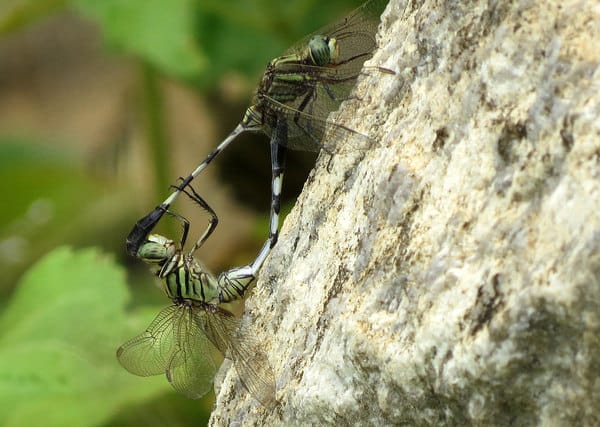
They often settle on muddy ground, and may take some nutrients from the soil.
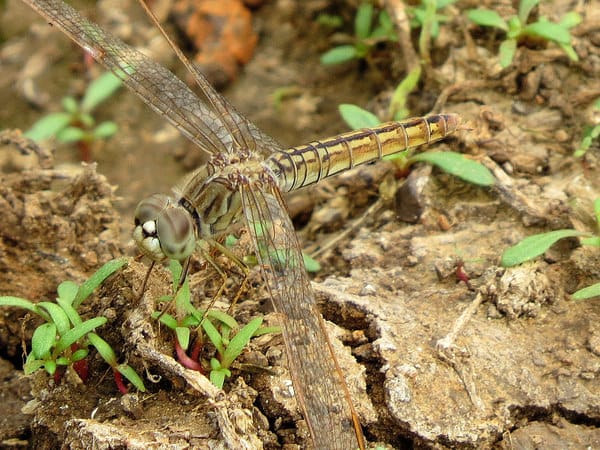
They come in shimmering, metallic colours…
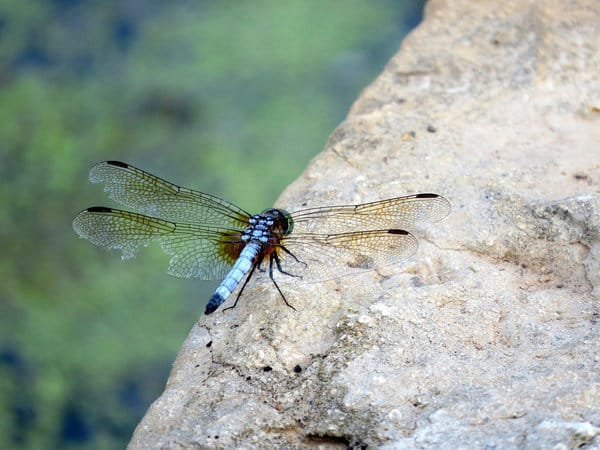
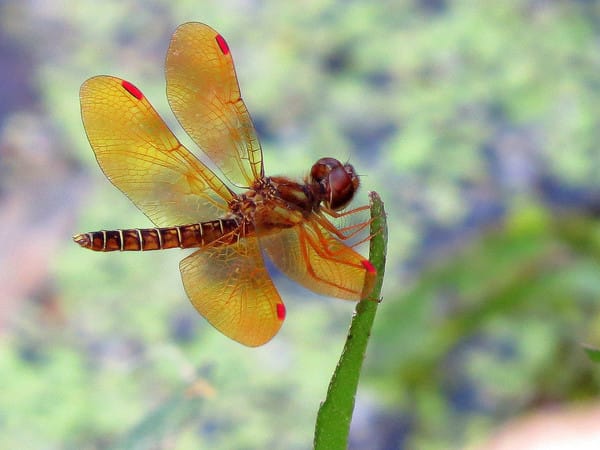
… as well as non-descript browns and greys that let them melt into the landscape.
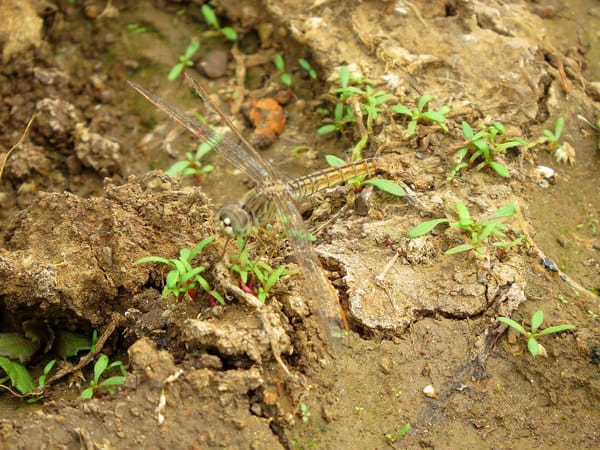
Dragonflies are a well-loved motif in jewellery… so their elegant appearance is loved by humans.
So if you see a dragon flying, or perched upon a stick…
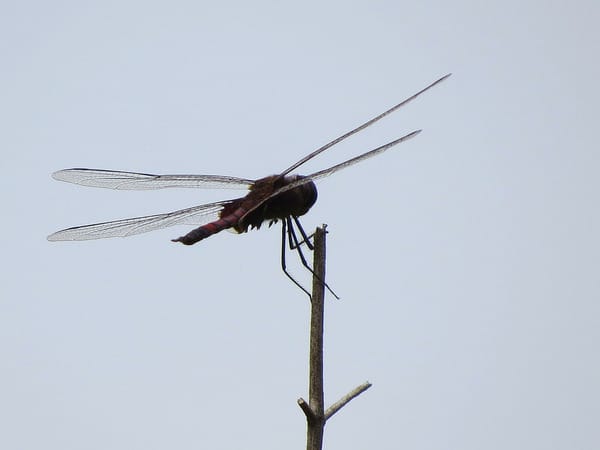
…take a few moments to observe this fascinating creature, one of millions that surround us, hovering and then zipping past, getting on with their lives!
Related Articles
Butterfly journeys
Sometimes Harvestmen are not farmers
Umbrella Fishing by Painted Storks!